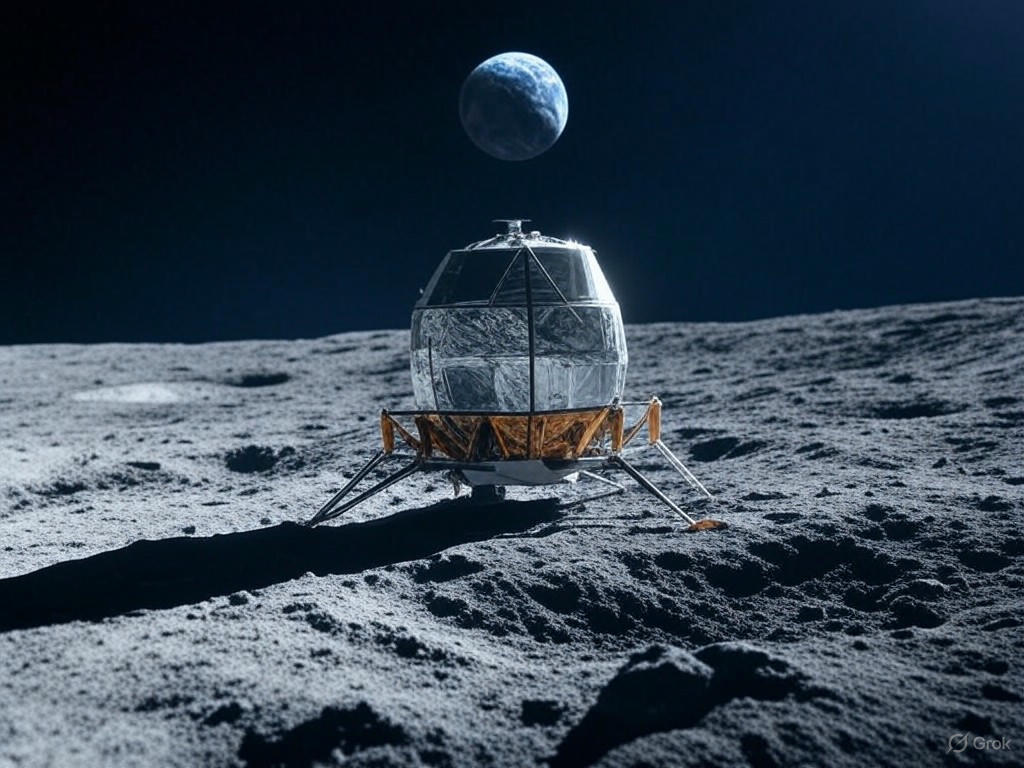Uncertainty Surrounds Resilience Spacecraft Following Lunar Landing Mishap
In a daring bid to make history, the Resilience spacecraft, engineered by the innovative Japanese firm Ispace, embarked on a mission to achieve the first successful lunar landing by a private company outside the United States. The ambitious project captured global attention as it aimed to mark a significant milestone in commercial space exploration. However, as the spacecraft descended toward the moon’s rugged surface, something went terribly wrong, leaving the mission’s outcome shrouded in mystery.
The Resilience was designed with cutting-edge technology, tailored to withstand the harsh conditions of space travel and execute a precise landing on the lunar terrain. Ispace, a trailblazer in the private space industry, had poured years of research and resources into ensuring the craft could navigate the challenges of lunar gravity and surface irregularities. A successful landing would have positioned Ispace as a leader in the growing field of commercial lunar exploration, opening doors for future missions to transport scientific instruments, rovers, and even resources back to Earth. The stakes were high, not just for the company but for the broader vision of privatized space travel.
As the spacecraft approached its target, mission control lost contact during the critical final moments of descent. Reports suggest that Resilience may have encountered an unexpected obstacle or technical failure, leading to a crash rather than the soft landing that was planned. The exact cause remains unclear, as engineers and scientists scramble to analyze the limited data transmitted before communication was severed. Was it a navigation error, a hardware malfunction, or an unforeseen environmental factor on the moon’s surface? These questions linger as the team at Ispace works tirelessly to piece together the sequence of events.
The implications of this incident extend far beyond the immediate loss of the spacecraft. A successful mission would have demonstrated the viability of private companies playing a pivotal role in lunar exploration, potentially reducing costs and accelerating humanity’s return to the moon. It would have also inspired confidence in investors and governments looking to partner with commercial entities for ambitious space projects. Now, with Resilience’s fate unknown, the spotlight turns to how Ispace will respond. Will this setback deter their efforts, or will it fuel a renewed determination to overcome the challenges of lunar landings?
As the space community awaits further updates, this event serves as a poignant reminder of the inherent risks in pushing the boundaries of exploration. The moon, though tantalizingly close, remains a formidable frontier. Yet, history has shown that setbacks often pave the way for greater triumphs. Ispace’s journey with Resilience, though currently uncertain, underscores the resilience of human ambition. The dream of lunar exploration lives on, and each attempt, whether a success or a lesson, brings us one step closer to unlocking the mysteries of our nearest cosmic neighbor.


